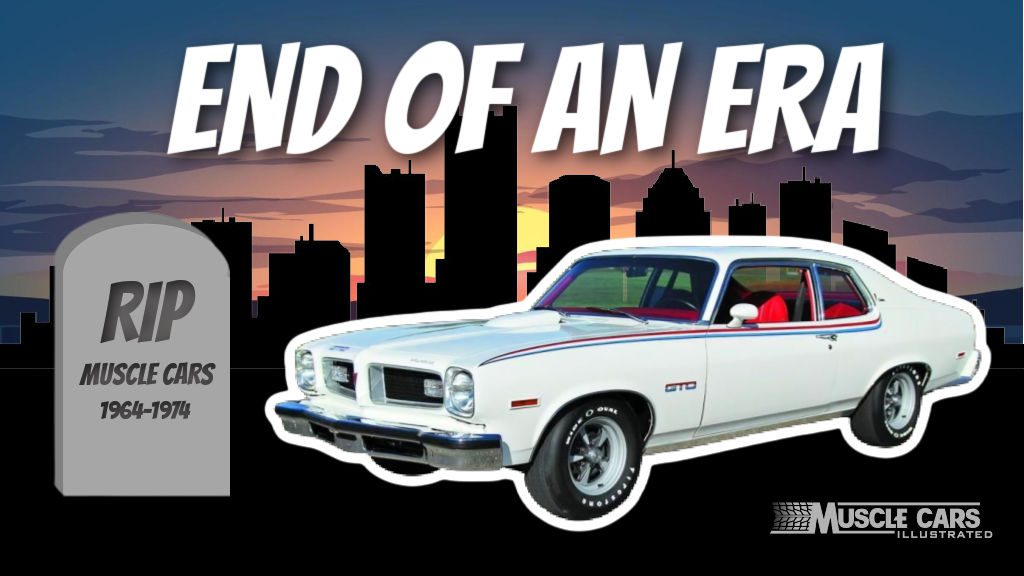
Table of Contents
The End of the Road for the Muscle Car Era
American muscle cars were the kings of the road in the 1960s and 1970s. These iconic vehicles were symbols of power, speed, and style.
It was a time when American automakers, including American Motors, Chrysler, General Motors, and Ford, produced some of the most iconic and powerful muscle cars in automotive history.
These cars were known for their high-performance engines and sleek designs, which captured the imagination and wallets of car enthusiasts across the country.
However, the era came to an end due to a variety of factors we’ll discuss in today’s article. But first, let’s look at what started the muscle car revolution in the first place, shall we?
What Started the Muscle Car Era?
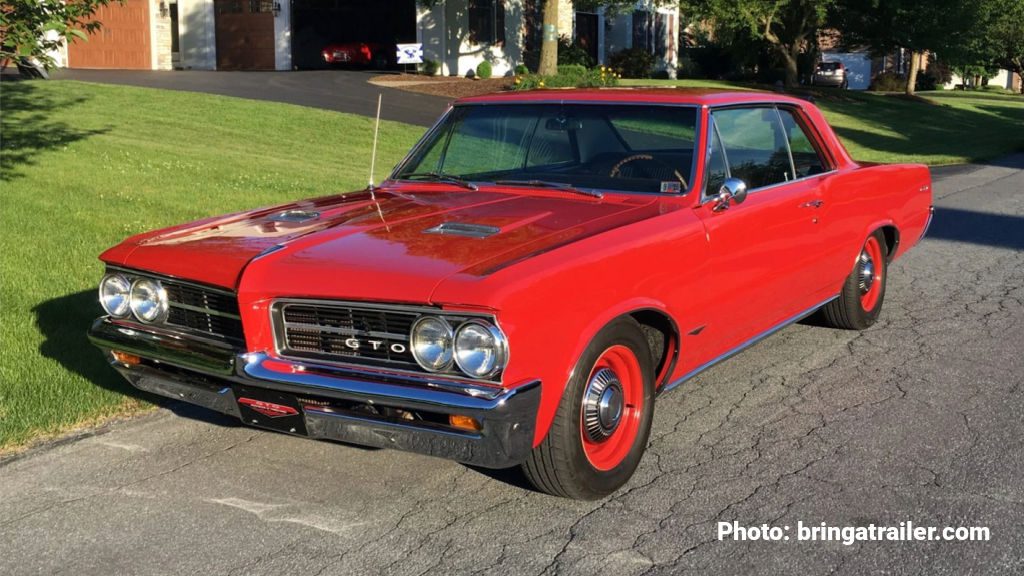
The muscle car era started with the 1964 Pontiac GTO, a mid-sized car with a big V8 engine and aggressive styling.
With a 389 cubic inch V8 engine, Tri-Power carburation, hood scoops, and dual exhaust, it set in motion a decade of glorious street machines.
Much to Pontiac’s surprise, the GTO was an immediate hit selling 32,000 vehicles, which was over six times greater than original projections.
Other automakers soon followed suit, releasing their own high-displacement muscle cars, including the Plymouth Roadrunner, Dodge Charger RT, Ford Mustang GT, and Chevrolet Camaro SS.
These powerful engines gave the cars incredible acceleration and top speeds, making them popular with young drivers and racing enthusiasts.
The muscle car boom continued into the early 1970s, with many muscle car models surviving until 1974.
Now that we know the rise of the muscle car era, let’s explore the factors contributing to its fall.

Get The Top 50 Fastest Muscle Cars chart. Includes year, model, engine, 1/4 mile times, and more—absolutely free!
Why Did The Muscle Car Era End?
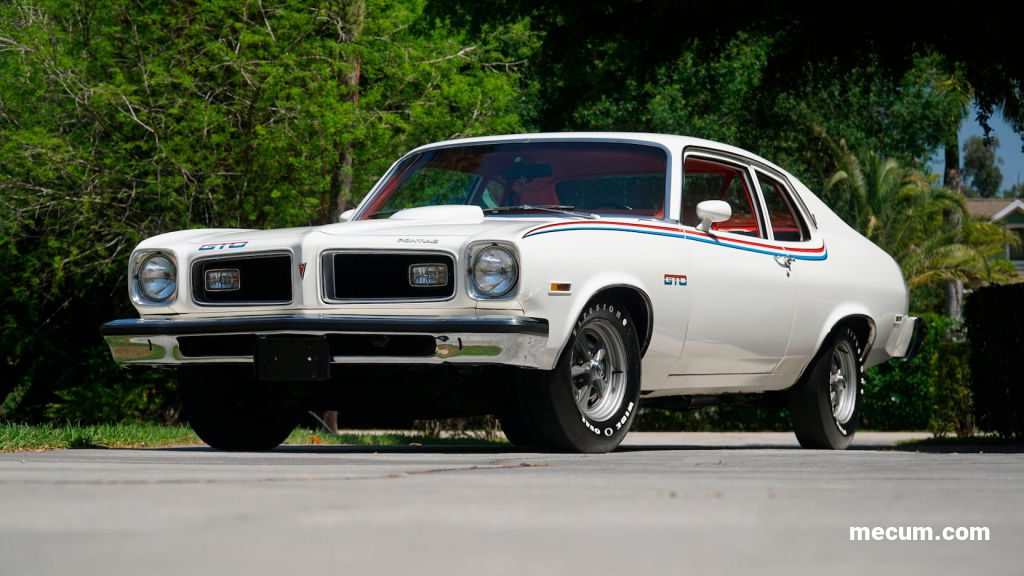
The muscle car era ended because of four primary factors: government regulations, the OPEC oil crisis, rising insurance premiums, and changing consumer tastes.
Government Regulations
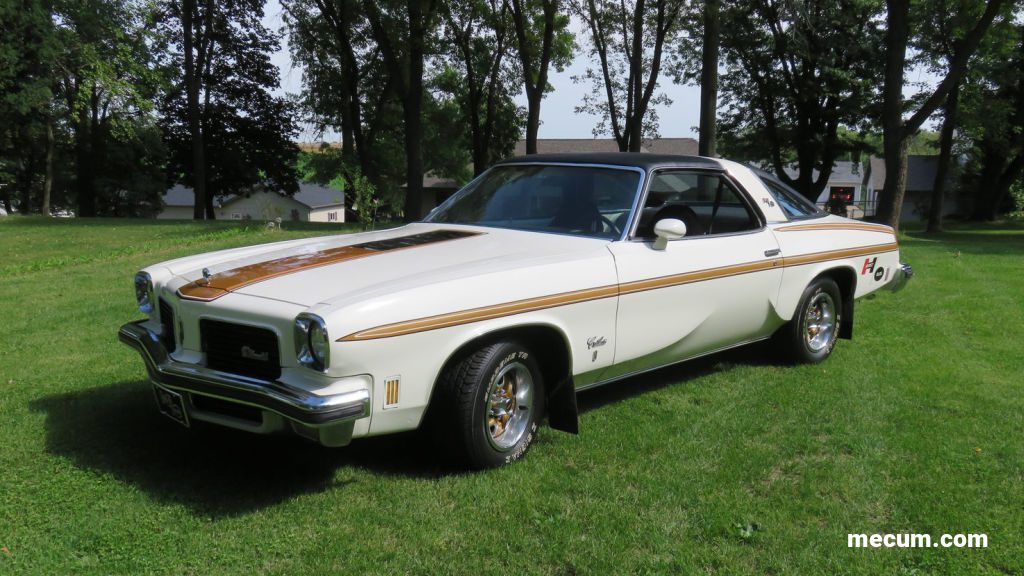
Despite their popularity, the muscle car era began to end in the mid-1970s due to several factors. One of the biggest factors was government regulations.
In the early 1970s, the U.S. government implemented stricter regulations to improve vehicle safety, emissions, and fuel efficiency by 1975.
One was the Clean Air Act of 1970, signed into law by President Richard Nixon on December 31, 1970.
The law was designed to combat air pollution in the United States by setting emissions standards for automobiles and other sources of pollution.
The law was set to go into effect immediately after it was signed. Still, some of its provisions were phased in over time to give automakers and other industries time to comply with the new regulations.
These regulations led to engine design and performance changes, and many muscle cars became less powerful and less appealing to buyers craving quick acceleration.
The Oil Crisis
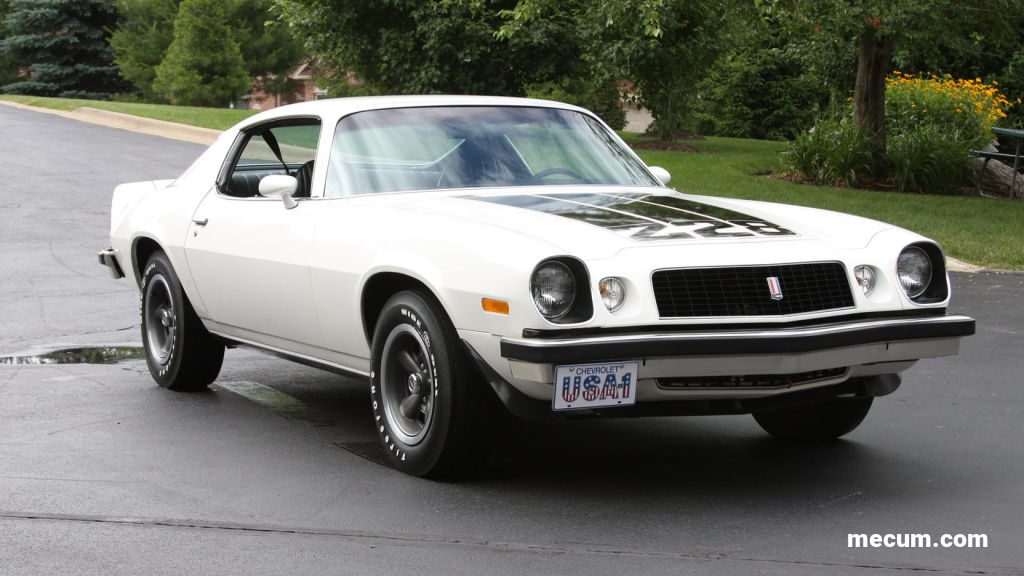
Another factor that contributed to the end of the muscle car era was the 1973 oil crisis. This crisis caused a significant increase in oil prices and led to fuel shortages across the country.
The Petroleum Exporting Countries (OPEC) oil embargo in 1973 and subsequent fuel shortages caused gasoline prices to skyrocket.
For example, the average price of a gallon of gas in 1970 was around $0.35, but by 1974, it had risen to over $0.50 per gallon—a 43% increase.
The oil embargo was a turning point in the history of the global oil industry. Several factors, including the Arab-Israeli War and the support of the USA for Israel during the conflict, triggered it.
In response, OPEC announced an oil embargo against countries that supported Israel, including the United States, Canada, and several European nations.
The embargo caused a significant increase in oil prices and a shortage of fuel, which led to long lines at gas stations across the United States.
Many gas stations ran out of fuel, leaving drivers stranded and frustrated.
It also made gas-guzzling muscle cars less practical and less popular among consumers.
Rising Insurance Rates
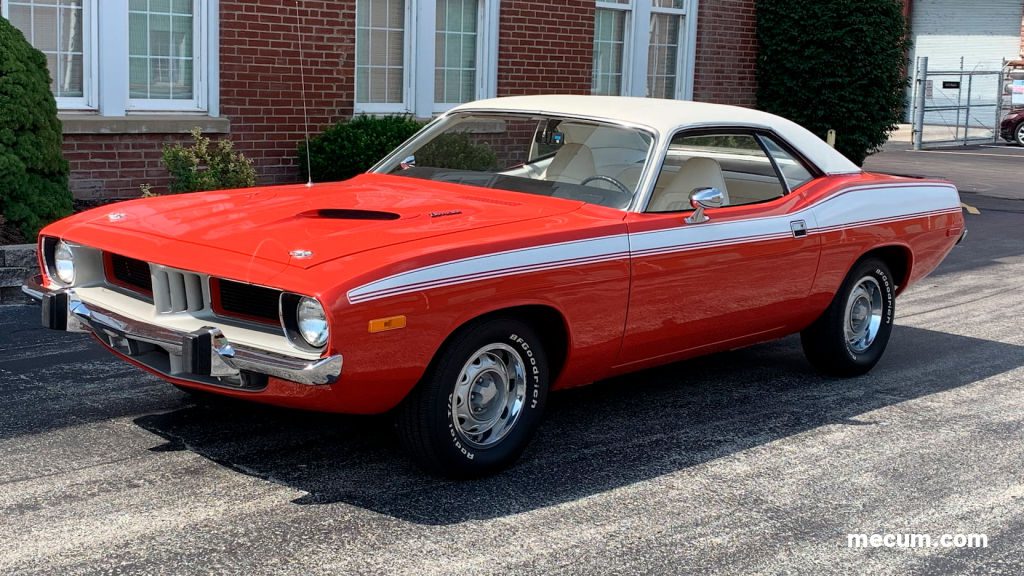
Another reason for the muscle car era’s decline was the rising insurance cost.
During the muscle car era of the 1960s and 1970s, insurance premiums for muscle car drivers began to rise significantly.
This was partly due to the high rates of accidents and fatalities involving these high-performance vehicles. Muscle cars were designed for speed and acceleration, which made them popular with young drivers who often drove recklessly.
As a result, insurance companies viewed muscle car drivers as high-risk and began charging higher premiums to insure these vehicles.
For example, a 1969 Chevrolet Camaro SS with a V8 engine had an average insurance rate of $180 per year, compared to a six-cylinder Camaro, which had an average rate of $140 per year.
While that might not sound like a lot today, it was back in 1969. If you had $40 in 1969, that amount of money would be worth about $293 today with inflation.
That’s because the value of money changes over time due to inflation, which is the gradual increase in the price of goods and services over time.
As insurance rates for muscle cars increased, they became less affordable for many buyers—particularly for younger buyers that were at the heart of the muscle car movement.
Changing Tastes
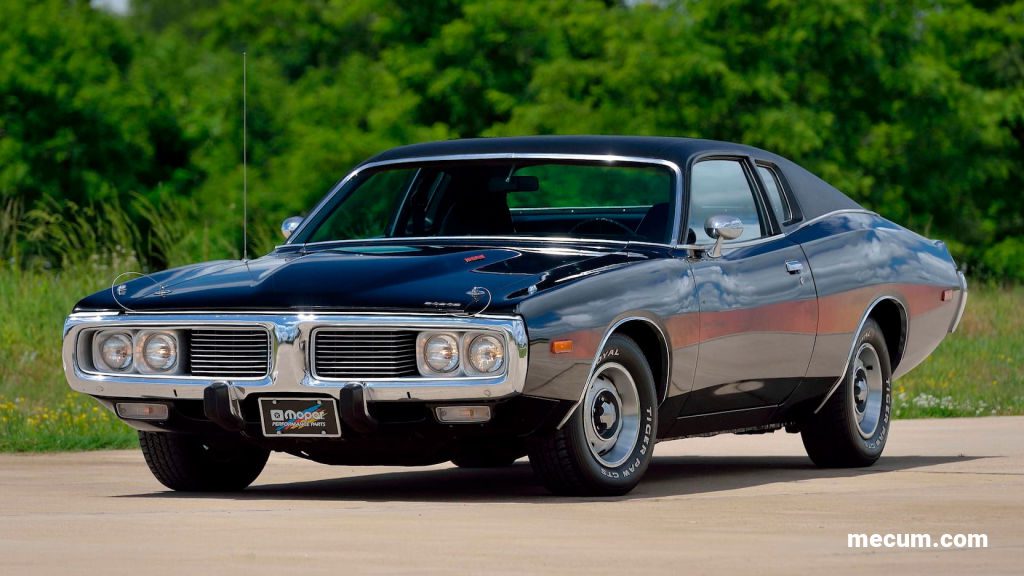
In addition to government regulations and the oil crisis, changing consumer tastes also contributed to the decline of the muscle car era.
The end of the muscle car era marked the beginning of a new era of automotive design and technology, focusing on efficiency, safety, and environmental friendliness.
American vehicles began to split between two styles of vehicles.
First, the big V8 engines of the early 1970s were replaced with smaller, more efficient engines. Many vehicles began to adopt compact designs like the Ford Pinto that prioritized aerodynamics over style.
For example, the iconic Chevrolet Camaro, a symbol of the muscle car era, was redesigned in 1974 with a more streamlined body and smaller engine displacements.
The largest displacement engine on a Camaro was a 350 cubic inch V8 engine that produced 185 horsepower. Previously, 396 cubic inch engines with 375 horsepower were available.
Second was the rise of the “personal luxury car.” These were larger, more luxurious vehicles designed for cruising rather than speed.
They had plush interiors, sophisticated styling, and a focus on comfort and luxury. Some examples of personal luxury cars from the mid to late 1970s include the Ford Thunderbird and the Cadillac Eldorado.
The Fall of Muscle Cars
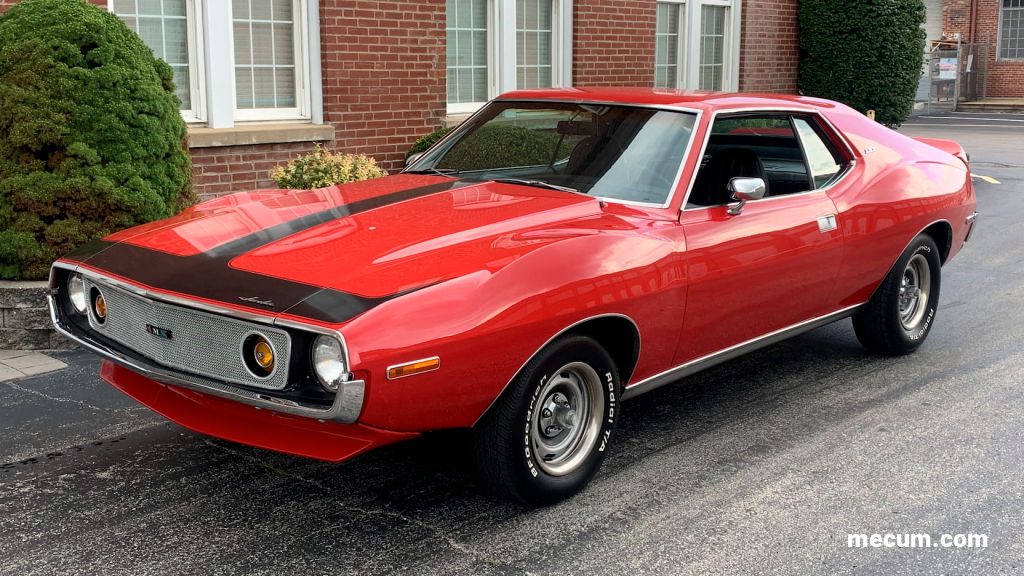
By the 1974 model year, the muscle car era had officially ended.
Many automakers had stopped producing their high-performance models, and the few remaining significantly detuned from their earlier versions.
For example, the 1970 Camaro Z28 350 cubic inch V8 engine produced 360 horsepower. However, by 1975, the engine had been detuned to produce just 155 horsepower.
Some of this is related to the difference in how horsepower was rated.
In the 1970s, there were two standards for measuring engine horsepower ratings: SAE gross and SAE net.
The SAE gross standard was used before 1972 and measured horsepower with no accessories attached to the engine, such as alternators, air cleaners, or exhaust systems.
This meant that the horsepower ratings were often higher than what the engine actually produced in real-world driving conditions.
In 1972, the SAE net standard was introduced, which measured horsepower with all accessories attached and in real-world driving conditions.
This resulted in lower horsepower ratings than the SAE gross standard, as the added weight and resistance of the accessories reduced the engine’s power.
The difference between the two standards was significant.
While the change to the SAE net standard was more accurate in measuring horsepower, it led to a perception that engines were becoming less powerful.
This perception was compounded by the fact that in the mid-1970s, government regulations and the oil crisis led to detuned engines with lower horsepower ratings than their predecessors.
Depending on one’s point of view, the muscle car era ended in 1971, 1972, or 1974. Because the Pontiac GTO that kicked off the era ended in 1974, this is the bookend year to close it out.
Conclusion
The golden muscle car era was a time of great innovation and excitement in the history of muscle cars.
However, government regulations, rising insurance rates, the fuel crisis, and changing consumer preferences ultimately led to the demise of the muscle car era.
While the muscle car may no longer be as popular as it once was, its legacy lives on through the many classic cars that are restored, admired, and celebrated by car enthusiasts today.
Despite the challenges that led to the end of the muscle car era, it will forever be remembered when American automakers pushed the limits of automotive design and performance.
Take Our Poll!
"*" indicates required fields

Muscle Cars Illustrated
Ryan is the founder of Muscle Cars Illustrated and has been obsessed with classic muscle cars since he was 15 years old. Since then, his mission is to make learning about old school muscle cars easy for everyone. And each year, he continues to help more people with buying, selling and restoring the muscle car of their dreams.
